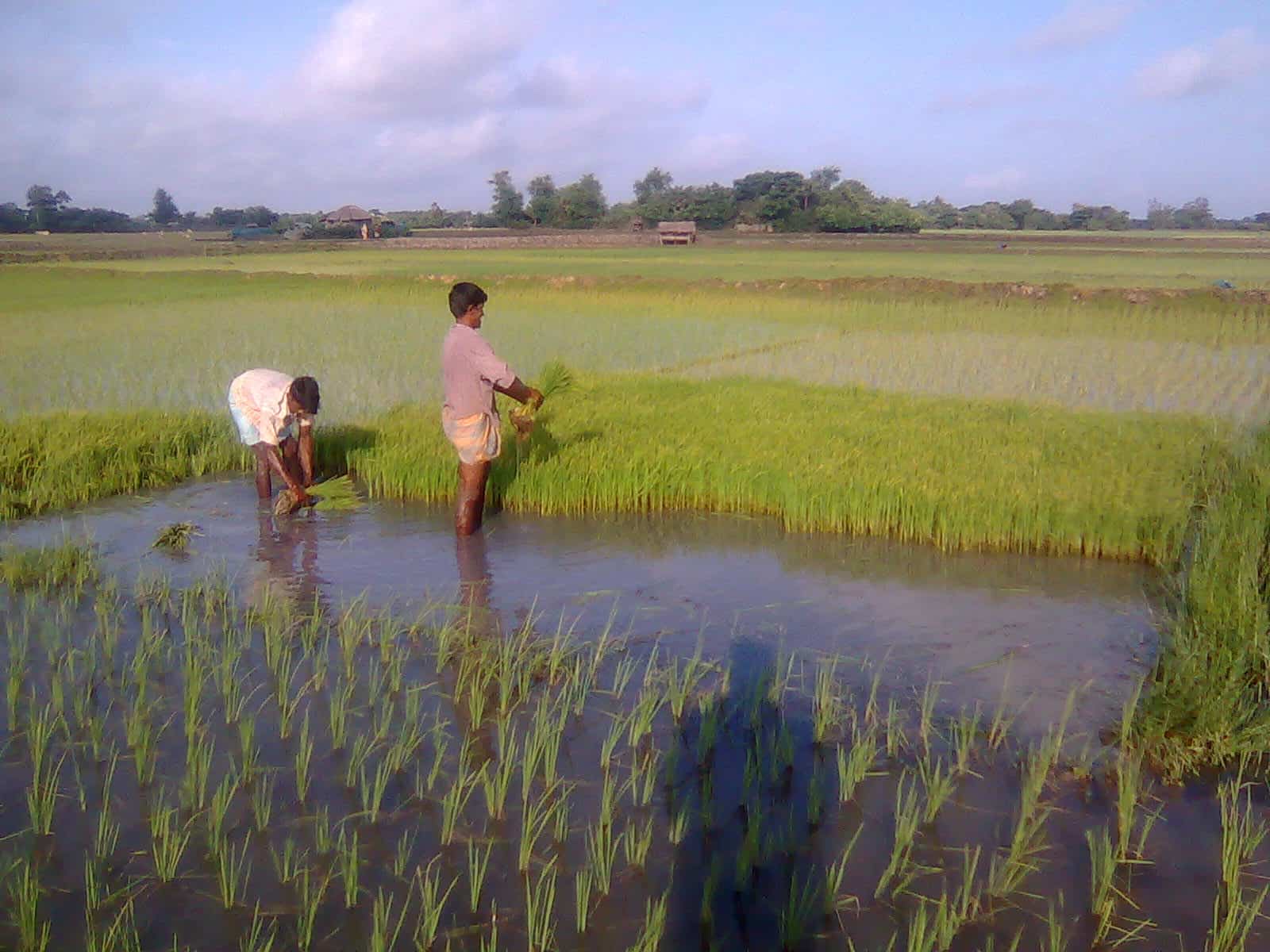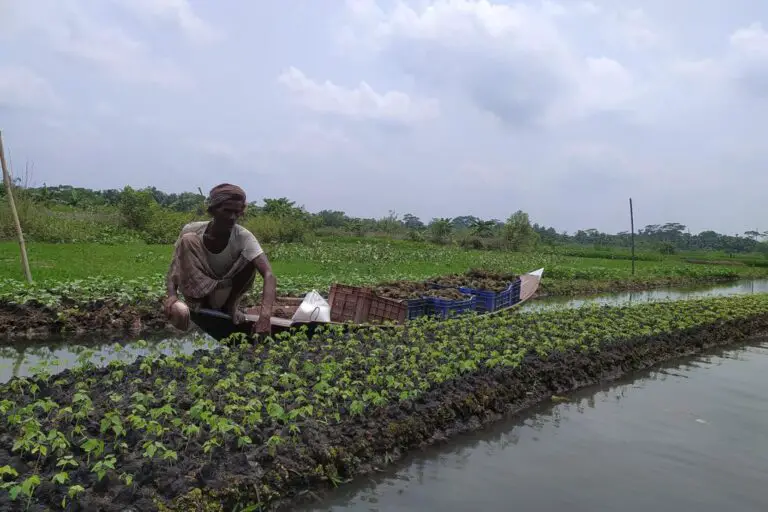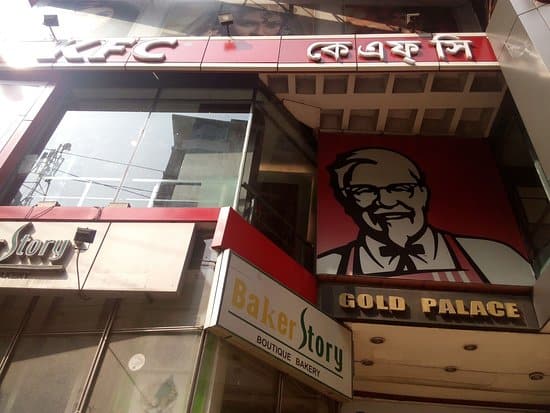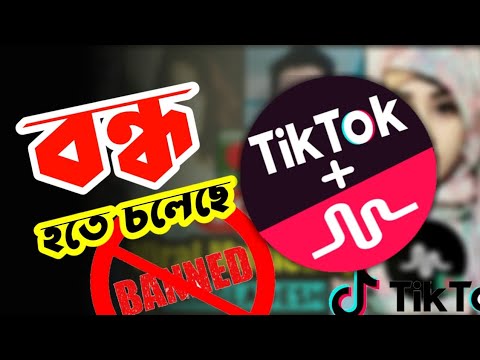Rural Areas in Bangladesh
Bangladesh is a predominantly rural country with more than two-thirds of the population living in villages. The majority of the rural people are poor and earn their living through subsistence agriculture. Although Bangladesh has made great strides in reducing poverty, rural areas continue to lag behind urban areas in terms of economic development and access to basic services.
One of the biggest challenges facing rural Bangladeshis is lack of access to basic services such as healthcare, education, and clean water. Healthcare facilities in particular are very limited, and many villagers have to travel long distances to reach a doctor or hospital. This often means that people cannot get the treatment they need in time, which can lead to serious health problems or even death.
Education is also a major concern in rural areas, as there are not enough schools to accommodate all children who live there. As a result, many children do not have the opportunity to receive an education and are forced to drop out of school early. Finally, another big problem facing rural Bangladeshis is lack of access to clean water.
Many villages do not have piped water and have to rely on ponds or wells for their water needs. This often leads to contaminated water that can cause serious health problems for those who drink it.
In Bangladesh, over half the population lives in rural areas. The rural population is largely poor and faces many challenges, including lack of access to basic services, limited opportunities for economic development, and vulnerability to natural disasters.
Despite these challenges, there are also many positive aspects to life in rural Bangladesh.
The countryside is beautiful, and the people are friendly and welcoming. There is a strong sense of community, and people support each other through difficult times.
There are many initiatives underway to improve conditions in rural Bangladesh.
These include efforts to increase access to education, health care, and financial services; to promote agricultural productivity; and to reduce vulnerability to natural disasters. With continued effort and investment, the rural population of Bangladesh can overcome challenges and build a better future for themselves and their families.
Is Bangladesh a Rural Area?
No, Bangladesh is not a rural area. It is classified as an urban area by the World Bank.
Is Bangladesh Urban Or Rural?
Bangladesh is a developing country with a population of over 160 million people. The majority of the population lives in rural areas, although the urban population is growing rapidly. Bangladesh has a land area of 147,570 square kilometers and is located in South Asia.
The capital city is Dhaka and the official language is Bengali.
What is Rural Community Bangladesh?
Rural communities in Bangladesh are typically agricultural villages located in the country’s rural areas. The majority of the population in these communities is engaged in subsistence farming, with rice being the main crop. Other crops grown include wheat, maize, vegetables and fruits.
Most rural households also keep livestock, such as chickens, goats and cows.
The way of life in rural Bangladesh is very different from that in the urban areas of the country. There is a much greater reliance on traditional methods of agriculture and livelihoods.
Many families live in simple mud-brick houses with thatched roofs. Access to education and healthcare is often limited, and there are few opportunities for employment outside of farming.
Despite the challenges, many people who live in rural Bangladesh are content with their way of life.
They have close-knit community ties and a strong sense of connection to the land they farm. For many, this way of life has been passed down through generations and represents an important part of their cultural identity.
What is Urban Area in Bangladesh?
An urban area in Bangladesh is an area with a population of more than 10,000 people. The majority of the population in Bangladesh lives in rural areas, but there are some urban areas, such as Dhaka, Chittagong and Khulna.
The government of Bangladesh has been trying to promote urbanization in recent years, as it believes that this will lead to economic development.
So far, however, the results have been mixed. Some cities, such as Dhaka, have experience rapid growth and development, while others have not seen much change.
VILLAGE HOMESTAY IN RURAL BANGLADESH: Experiencing real Bangladeshi hospitality and culture.
How Many Village in Bangladesh
There are 8,463 villages in Bangladesh. The vast majority of the population in Bangladesh lives in rural areas and is engaged in agriculture. About 80% of the population lives in rural areas and only 20% in urban areas.
Conclusion
In Bangladesh, more than half of the population lives in rural areas. The majority of the rural population is poor and depends on agriculture for their livelihoods. However, agricultural productivity is low due to a lack of irrigation, technology, and inputs.
Moreover, farmers are often unable to access markets for their products. As a result, many rural Bangladeshis live in poverty and are vulnerable to shocks such as floods and droughts.
The government of Bangladesh has been working to improve the lives of rural Bangladeshis through a number of initiatives.
These include providing access to credit, increasing agricultural productivity, and improving infrastructure. The government has also launched programs to provide social safety nets for the poorest households in rural areas. While these initiatives have had some success, much more needs to be done to reduce poverty and improve living standards in rural Bangladesh.



